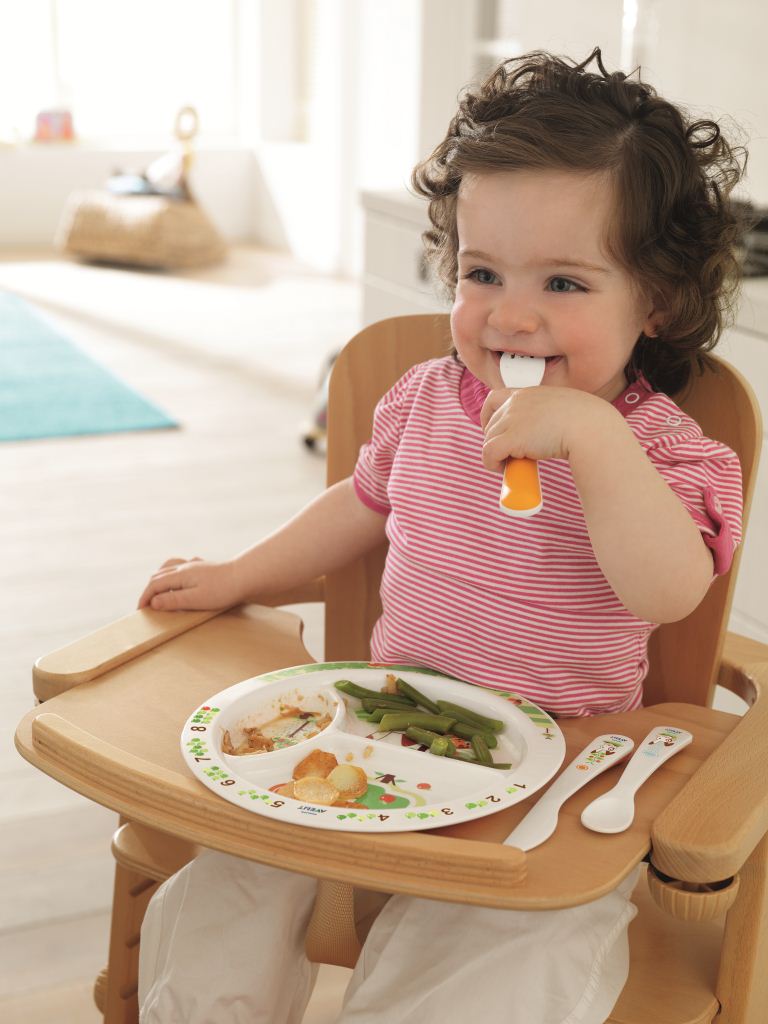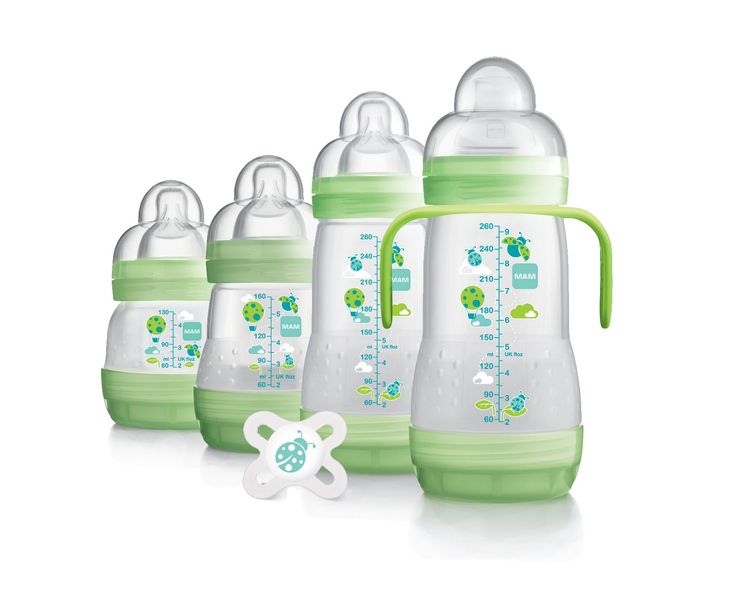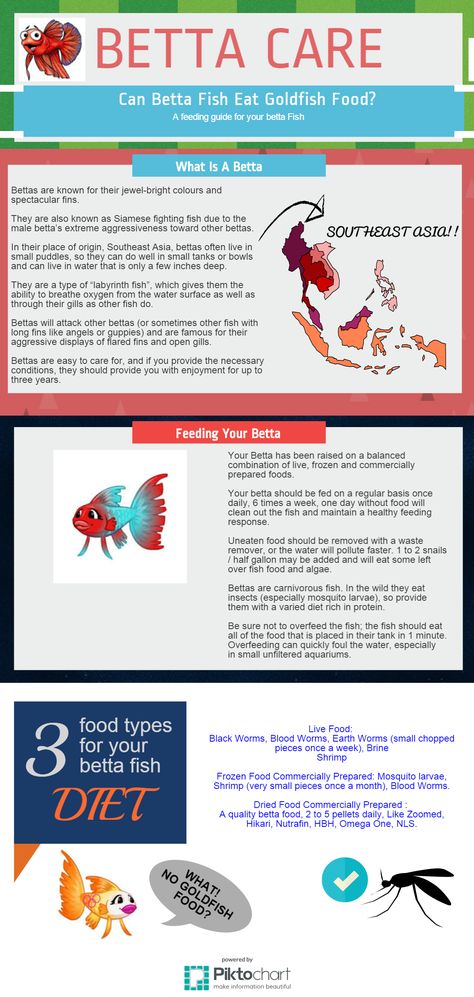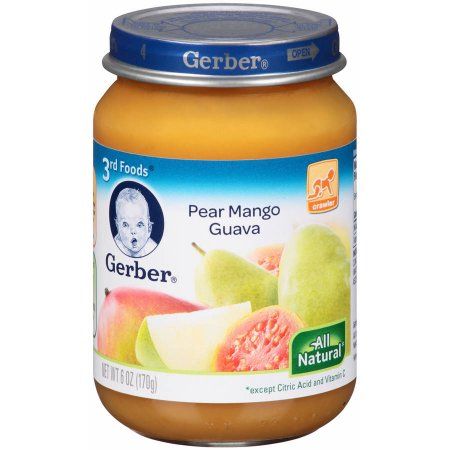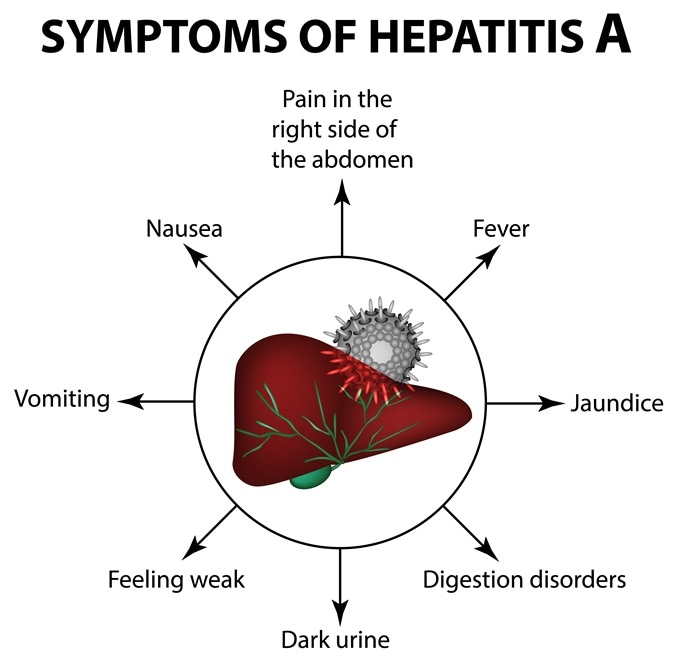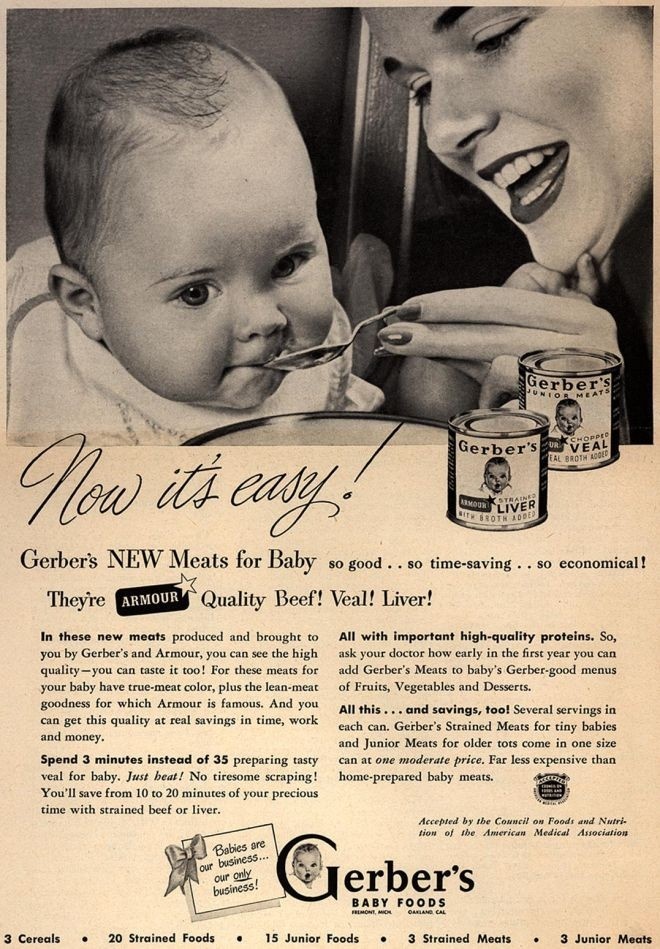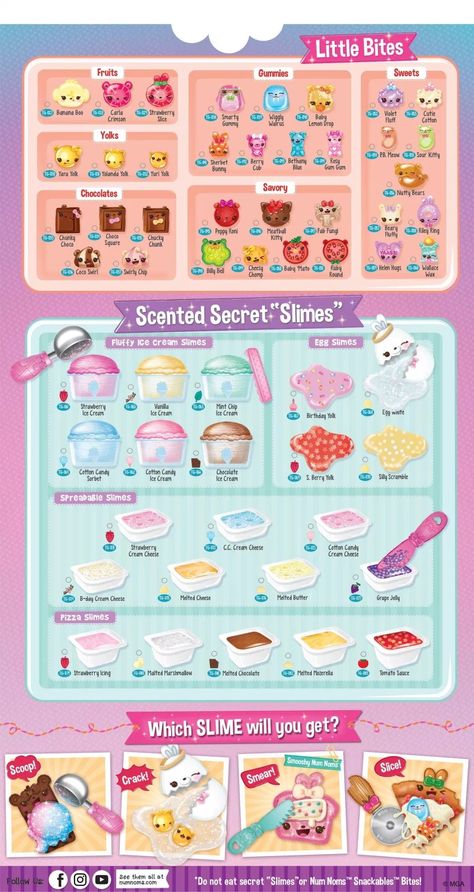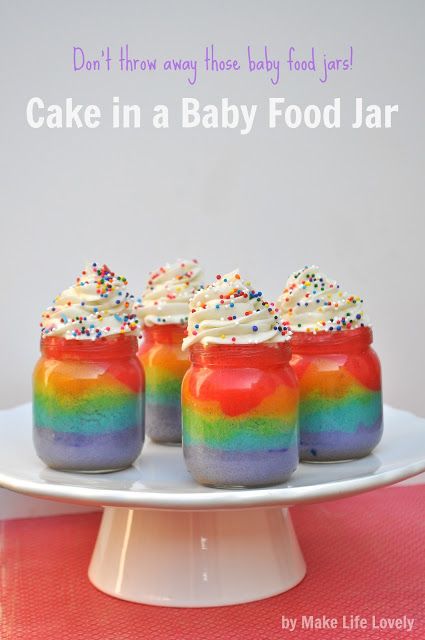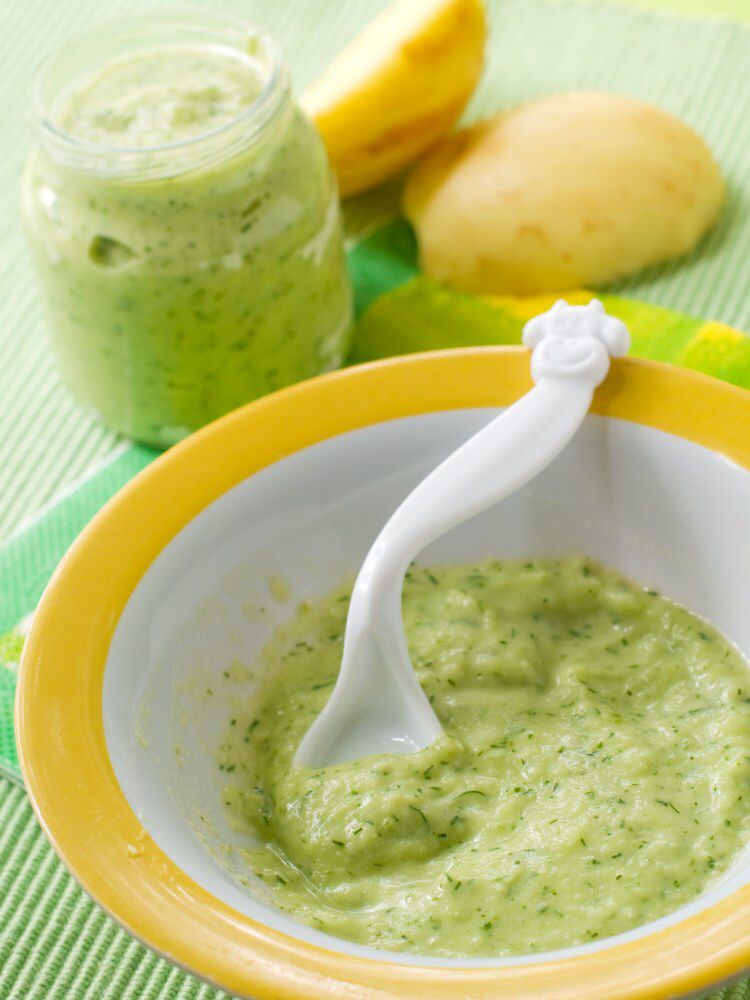12 month baby feeding
#15: 12 Month Old Feeding Schedule
Things change right around their first birthday, so today’s episode will guide you to the right 12 month old feeding schedule for your little one.
Right around 11 months, 12 months, 13 months old — it’s a big transition time! So if you’re wondering what changes with nutrition and feeding will happen when they finish up their first year, you are in the right place.
If you don’t already know me, I’m Kacie Barnes, MCN, RDN, and I’m the dietitian for ALL things toddler. This is my specialty! I’ve worked with hundreds of families with toddlers and have studied toddler development.
Call into the podcast with your question!This is Feeding Toddlers Made Easy and you can call into the podcast voicemail at 469-552-5527 to ask your question for a chance for me to answer it on a future episode.
Now before we hop in, make sure to hit subscribe on the podcast so we can hang out next week too.
Today’s question:Melissa called in with this week’s question, let’s hear it:
Hi, my name’s Melissa. My son Titus just turned one last week, and I was curious how necessary food is before 1 and right after one year old. My son is pretty much a grazer and doesn’t really eat a whole lot still most of the time. He’s interested in food, but he doesn’t actually swallow much. Is this normal for 12 months of age? Was just curious. Would love to hear from you.
Serving solids at 3 meals a day is your goal when they are around 12 months old.
Many of you will be serving 3 meals around 10 or 11 months, But if you haven’t yet, and their birthday has passed, now is the time.
At 12 months they are officially a toddler so we’re starting that transition away from babyhood.
There’s 4 reasons why it’s important for baby to be well established on solids before 12 months old.
1.
Top allergen introduction and continued exposure can prevent food allergies.It doesn’t have to be a big serving of these allergenic foods for it to count. But it’s not like, introduce peanut butter one time and you’re done.
But it’s not like, introduce peanut butter one time and you’re done.
About 3 times a week is what you’re aiming for.
If you’re like Kacie, I just don’t know that I can keep up with that for all the top allergens, I don’t even know what all the top allergens are! Then check out Spoonful One. They have mix-ins, puffs, and little oat crackers to provide exposure to 16 of the most common food allergens. (Disclosure: I’ve partnered with this brand, but this is not a sponsored mention.)
- Introducing top allergens before 12 months of age may reduce the likelihood of developing a food allergy by up to 96% over the first 10 years of life. Source. This includes peanut, tree nut, milk, wheat, egg, soy, fish, and sesame.
2.
Less diversity of food by 12 months is associated with a greater risk of asthma and eczema.The more variety of foods you can introduce, the better. Source.
3.
Some research points to late introduction of solids contributing to picky eating (late in moving beyond purees).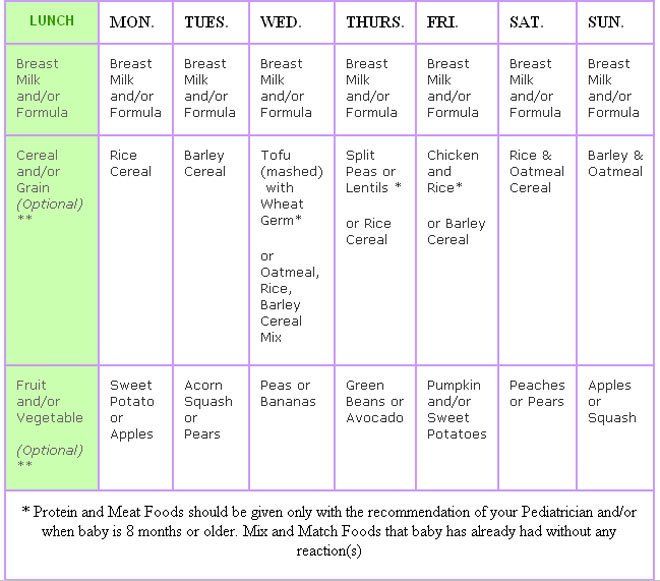
I’ve personally seen this in my practice with parents who got stuck on purees for too long. Finger foods can be safe for babies once they establish some comfort with purees. This can be as soon as a week or a few days after starting solids around 6 months old. Check out this post: When Can Babies Eat Cheerios and Finger Foods?
4.
It’s hard for them to get all the calories and nutrients they need if their diet is still primarily formula or breastmilk at this point.This is NOT a knock against breastfeeding at all, it’s just something to consider. A one year old will need supplemental nutrition beyond nursing.
How much should a 12 month old be eating?Melissa asked about amounts. She said that while her son is interested in food and will put it in his mouth, she doesn’t know how much he’s actually swallowing.
If they are still getting around 25-30 ounces of formula and/or breastmilk, they’re only going to need about 300-400 calories from food.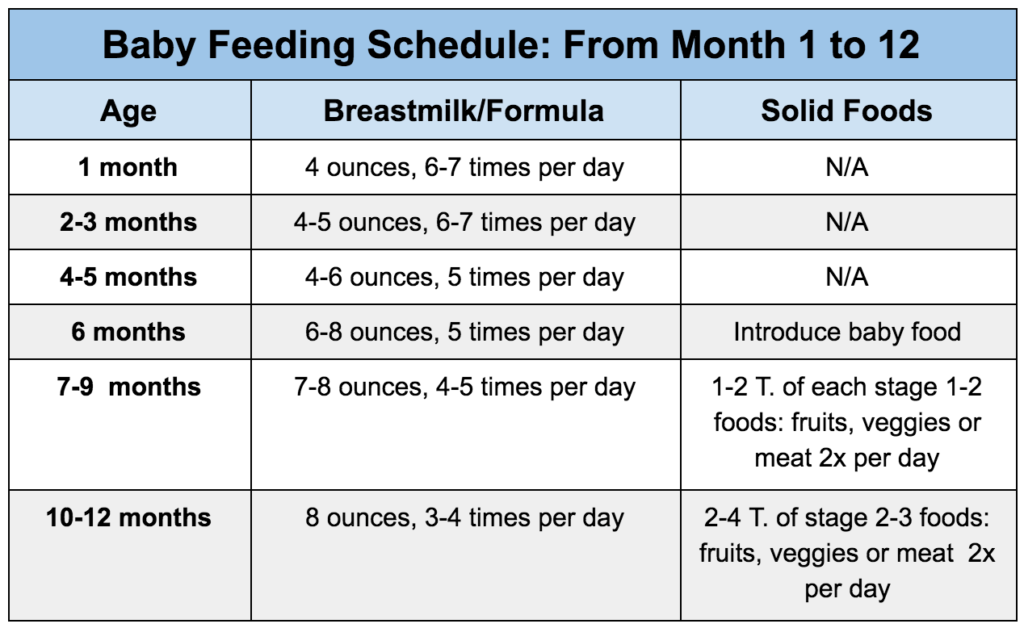 When you split that into 3 meals, that’s a little over 100 calories per meal. If they eat ¼ of a peanut butter sandwich, they’ve hit that meal’s calorie need. So it’s very possible that with a couple bites actually being swallowed, they are getting what they need.
When you split that into 3 meals, that’s a little over 100 calories per meal. If they eat ¼ of a peanut butter sandwich, they’ve hit that meal’s calorie need. So it’s very possible that with a couple bites actually being swallowed, they are getting what they need.
They may be not getting that much formula, breastmilk, or even cow’s milk if you’ve switched. But, it’s still common for them to have meals where they don’t eat a ton.
There’s no set portion size that you can always count on them eating.
You can only count on it being unpredictable – so do not feel like you have to make them eat more at a meal if it seems like not that much food when they’re done eating.
At 12 months old how many calories do they need?About 1000 calories a day, but you don’t need to count.
What do I do if I’m still breastfeeding or formula feeding at 12 months?If you are breastfeeding/pumping: the choice is yours at 12 months.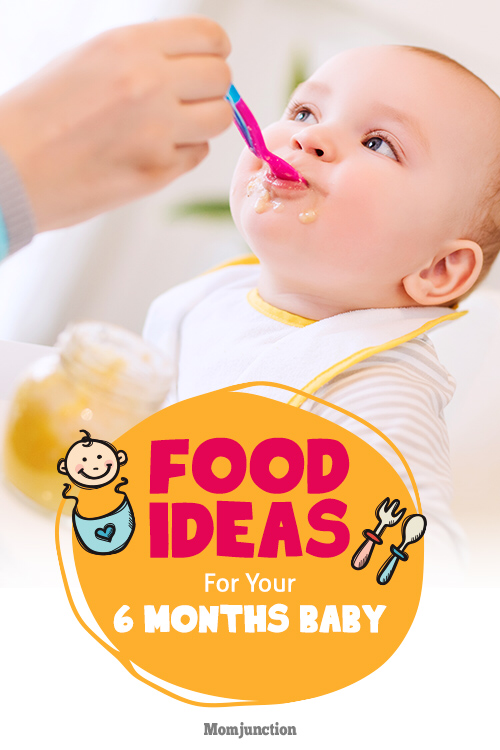 You can wean, you can continue. If you have been able to breastfeed for this long, that is truly incredible. Many mothers can’t keep it up for 12 months. If you didn’t nurse for nearly this long, you do not need to feel bad or guilty.
You can wean, you can continue. If you have been able to breastfeed for this long, that is truly incredible. Many mothers can’t keep it up for 12 months. If you didn’t nurse for nearly this long, you do not need to feel bad or guilty.
Formula: it’s time to think about quitting bottle feeding. Make the switch to whole milk, soy milk, or pea milk. Read this post for tips on weaning off bottles: How to Wean Your Toddler off Bottles (for good!)
What if you are trying to switch to milk and your toddler won’t drink much milk (or won’t drink any milk)? Read section 1 of this post on other ways to get important nutrients while they are getting used to milk.
Sample schedules for 12 month oldsSo what would an ideal daily schedule look like for a 12 month old in terms of feeding and napping? It’s going to vary depending on 2 naps vs 1 nap, and nursing or no nursing. I have sample schedules below. But I’ll tell you in general what you’re moving towards.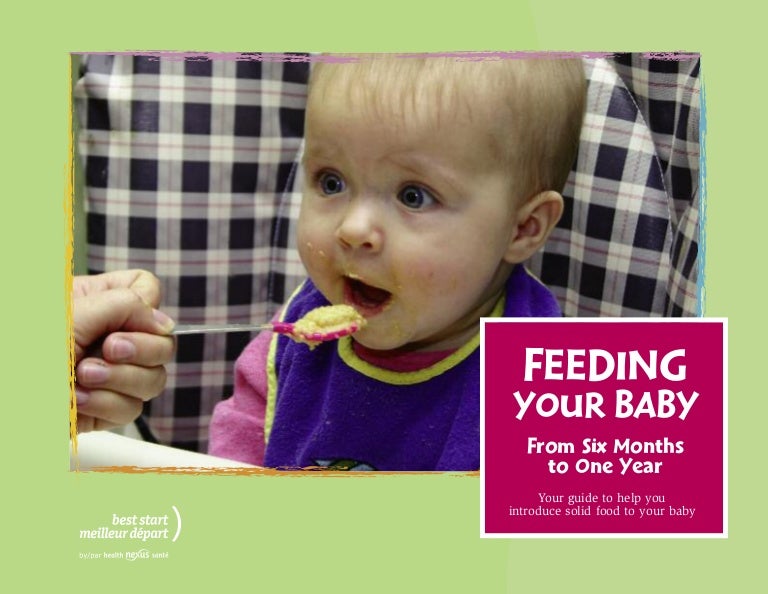
- The best toddler feeding schedule will have 3 meals and 2 snacks.
- Milk will be served with meals in a cup.
- You’re aiming for about 2-3 hours in between meals and snacks.
- How much they actually eat at each of these occasions is up to them; it will vary considerably.
- Your job is to provide the food at these fairly regular times.
If you need ideas on WHAT to feed them, to make sure they get good nutrition and enough to eat, visit my shop to grab the meal bundle, it has easy toddler breakfast + lunch + dinner guides.
Susan M purchased the lunch and dinner guides before the breakfast one came out and she said,
“I just wanted to say thank you SO much for your awesome, “real life” meal plans. I have spent hundreds of dollars on so-called easy/quick/”every kid will love” meal plans and cookbooks, just to end up spending wayyy too much time in the kitchen and listening to my kid complain that she didn’t like the food anyway.
Sigh. I swore that I was never going to buy any plans or books again, but I decided to give your dinner (and lunch!) plans a try, and it was the best money I’ve ever spent. Easy to follow instructions, and my picky eater (and her almost as-picky little sister) loved the food! You’re awesome! PS My husband and I ate the same meals, so they definitely work well for the whole family!”
Thank you so much for the kind words Susan, I always love hearing from y’all because I do all of this to make feeding your kids easier so it brings me the greatest joy to know that my resources are helpful to you.
ResourcesLinks I mentioned in the episode:
- Spoonful One – for top allergenic food introduction
- How to Wean Your Toddler off Bottles (for good!)
- FYI, speech therapists no longer recommend sippy cups and primarily recommend using a straw cup or open cup. I have a video tutorial to teach your baby to drink from a straw cup here.
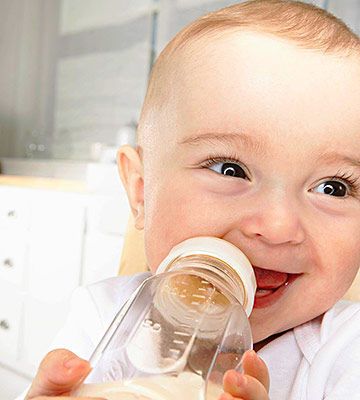
- FYI, speech therapists no longer recommend sippy cups and primarily recommend using a straw cup or open cup. I have a video tutorial to teach your baby to drink from a straw cup here.
- Toddler Meal Bundle – easy healthy meals for breakfast, lunch, and dinner
11- and 12-month-old feeding schedules
Your 11- or 12-month-old baby is quickly approaching toddlerhood, and their eating may seem much more grown up. Your baby is likely eating three meals a day and some snacks, and can eat the same things as the rest of the family. Picky eating may come into play soon, but keep serving your baby foods with a variety of textures and flavors – it will help them in the long run.
By 11 and 12 months old, your baby is probably eating three meals and one or two snacks every day. They'll continue to nurse or take bottles, too. Experts recommend transitioning from formula to cow's milk at a year old, but you can continue breastfeeding as long as you want.
As your baby gets older, they'll drink fewer bottles or have fewer nursing sessions, but eat more solid food. It's common to wonder whether your baby is eating enough – if you're not sure how much food your baby needs, check out our age-by-age guide to feeding babies.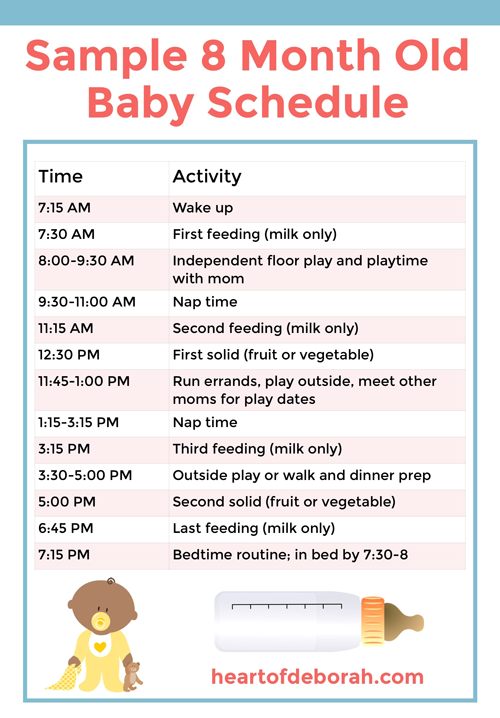
Most babies at 11 to 12 months eat 8 to 12 tablespoons of food at each meal, as well as a few snacks of roughly a quarter cup of solid food. Your baby can also drink water from an open cup or a cup with a straw.
Your little one might have preferences for specific foods and textures, and turn other foods away. Keep giving a variety of different foods, and don't be discouraged if your baby doesn't like everything you serve. It's also normal for a baby to eat a lot at one meal, while only eating a couple bites at the next.
Do your best to model healthy eating habits by joining your baby at meal time, and including them in your family's meals. If your baby sees you and others eat, it may get them excited about eating, too.
At 11 months, your baby might still be drinking around 24 ounces of formula each day, though they don't need more than 32 ounces. They'll drink three or four 7- to 8-ounce bottles daily. (Here's how to tell if your baby's getting enough formula.)
Beginning at 12 months, you can stop giving your baby formula and transition to whole cow's milk. One-year-olds can drink 16 to 20 ounces a day; more than that can reduce your child's appetite for solid food and can contribute to iron deficiency anemia.
One-year-olds can drink 16 to 20 ounces a day; more than that can reduce your child's appetite for solid food and can contribute to iron deficiency anemia.
If you're breastfeeding, you can also give your baby cow's milk once they're a year old – and you can keep breastfeeding as long as you want, too. At 11 and 12 months old, you can expect your baby to nurse three or four times a day. (Here's how to tell if your baby's getting enough breast milk.)
When it comes to feeding schedules, it can be a big help to see what other parents are doing. Below, you'll find several sample schedules modeled on those of real BabyCenter parents and reviewed by a pediatrician on our Medical Advisory Board.
Advertisement | page continues below
Sample 11-month-old feeding schedule
8:30 a.m.: Wake up and play.
9 a.m.: Breakfast – 8 ounces of formula, small pieces of fruit, and pieces of waffles or toast.
9:30 a.m.: Playtime.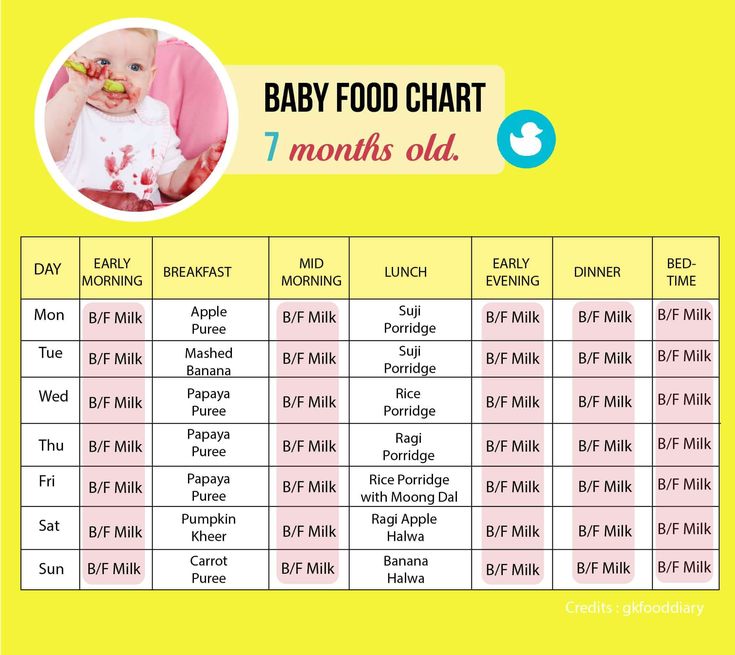
12 p.m.: Lunch – 8 ounces of formula, veggies and grilled chicken, or leftovers from dinner.
12:30 p.m.: More playtime.
1:30 p.m.: Naptime.
2:20 p.m.: Snack – pieces of fruit or crackers with hummus.
4 p.m.: Playtime.
5:30 p.m.: Dinner – leftovers from lunch or ground meat, mushrooms, potatoes, various fruits and veggies.
6 p.m.: Playtime.
7 p.m.: An 8-ounce bottle of formula, bedtime routine, then bed.
Sample 12-month-old feeding schedule
7 a.m.: Wake up and nurse for 10 to 15 minutes.
7:30 a.m.: Playtime.
8:15 a.m.: Breakfast – small pieces of pancakes, fruit, eggs, and a cup of water.
8:45 a.m.: Playtime.
9:30 a.m.: Naptime.
11:30 a.m.: Lunch – small pieces of veggies, whole wheat bread, beans, chicken, and a cup of water.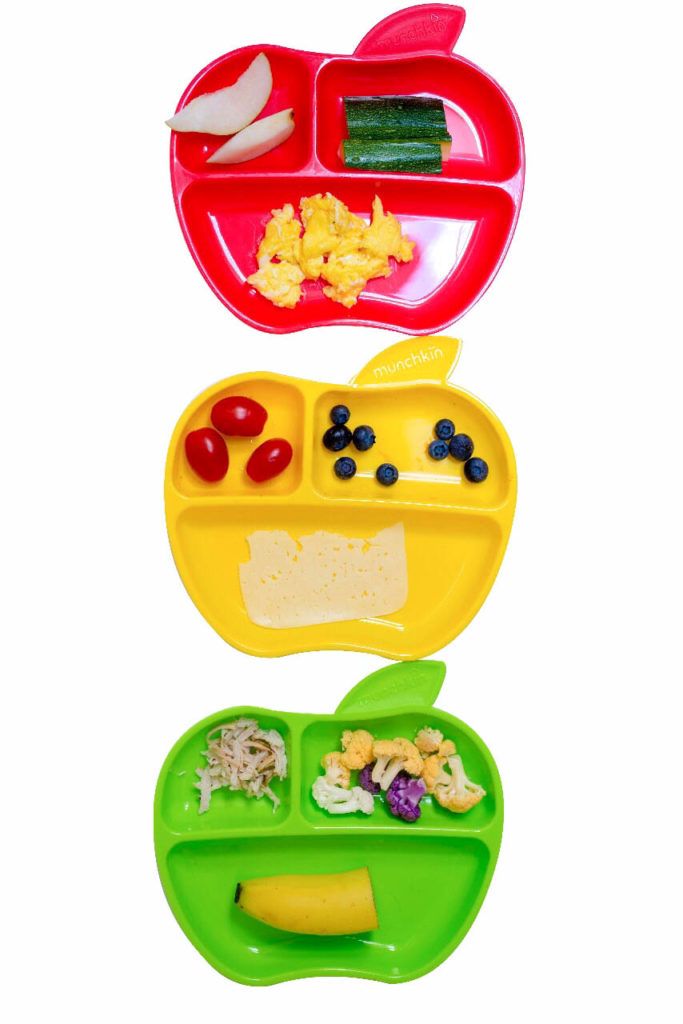
12 p.m.: Playtime.
1 p.m.: Snack – yogurt with fruit.
1:30 p.m.: Nurse, then naptime.
3 p.m.: Playtime.
4:30 p.m.: Dinner – pieces of cooked fish, avocado, diced fruit, and yogurt.
5:30 p.m.: Playtime.
6 p.m.: Snack – a few crackers with nut butter or pieces of fruit.
7 p.m.: Nurse, then bedtime routine and bedtime.
Meal ideas for 11- and 12-month-olds
At 11 and 12 months old, your baby can eat the same foods you do, as long as you've chopped or cooked them to avoid choking hazards. So you're free to feed your baby whatever the rest of the family is eating for breakfast, lunch, and dinner. Just avoid giving your baby overly salted food or foods with too much added sugar. Once your baby is 12 months old, you can also give them honey.
Though your almost-toddler can eat a lot of different foods now, it can be hard to come up with new, baby-friendly meal ideas.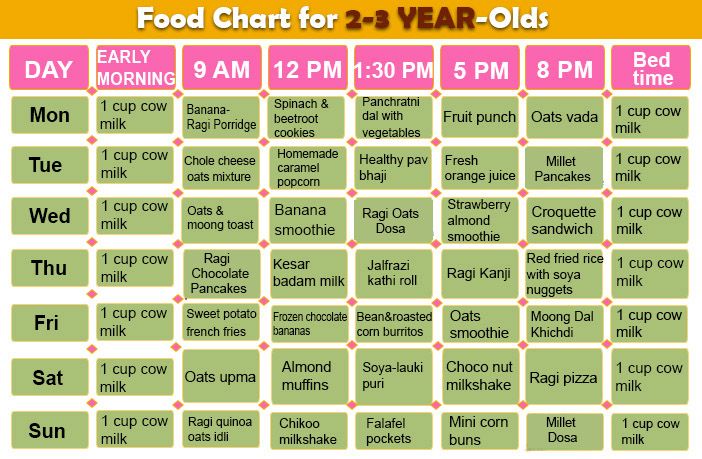 When filling your little one's plate, aim to have an age-appropriate serving of proteins, carbs, fruits, and veggies at each meal. Here some ideas to get you started.
When filling your little one's plate, aim to have an age-appropriate serving of proteins, carbs, fruits, and veggies at each meal. Here some ideas to get you started.
Breakfast:
- Unsweetened yogurt or cottage cheese with chopped strawberries
- Scrambled eggs with cheese
- Oatmeal with cooked apples or pears
- Toast cut in strips with butter, peanut butter, mashed avocado, or cream cheese.
Lunch:
- Pieces of grilled or roasted chicken, chopped broccoli, and blueberries
- Pasta with spinach and ricotta
- Baby charcuterie with sliced cheese cubes, chopped melon, whole grain crackers, and chopped cucumbers
Dinner:
- Smashed chickpea and butternut squash chili
- Fried rice with shredded chicken, peas, and carrots
- Salmon, asparagus, and peas with pasta or rice
- Pasta with red sauce, butter, or olive oil, and broccoli
Snacks:
- Yogurt
- Bananas
- Whole grain crackers
- Diced or pureed fruit
- Steamed and chopped vegetables
- Cheese cubes cut into small pieces
- Crackers with peanut butter or hummus
Learn more:
- Your 11-month-old's growth and development
- Your 12-month-old's growth and development
- The 10 best foods for babies
Diet for a child aged 9-12 months
By 9 months the main complementary foods have already been introduced, so the expansion of the child's diet continues.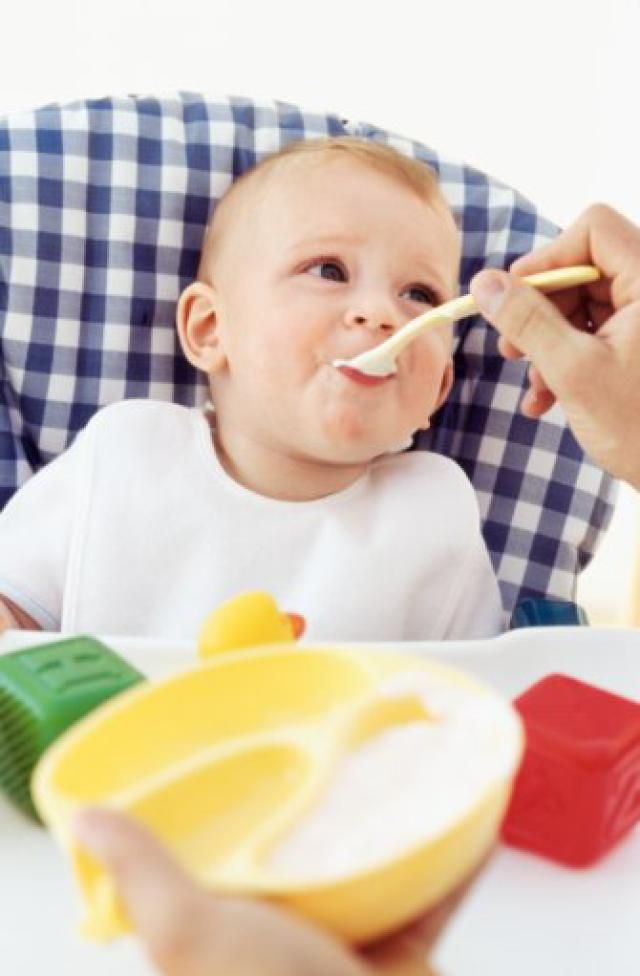 It is important to know that at this age the consistency of the products should change from homogenized to finely and coarsely ground.
It is important to know that at this age the consistency of the products should change from homogenized to finely and coarsely ground.
A meat dish for an older child can be offered in the form of meatballs, which diversifies the child's diet and stimulates the formation of chewing skills. Canned meat industrial production for children over 8 months. - coarsely chopped, spices and spices (white pepper, celery, parsley, dill, onion, basil, thyme) can be added to them. nine0004
The amount of fish puree increases to 60 g per day by 12 months. Fish is given 2 times a week boiled without broth (instead of meat).
At this age, children's pasta can be offered to the child.
The number of children's cookies and crackers is increased up to 10-15 g per day (2-3 cookies).
By the year it is useful to add finely chopped fresh garden greens (dill, parsley) to various dishes, which significantly enriches the diet with vitamins and minerals. nine0004
Sample diet for a 12 month old child:
| breakfast 8 hours | Dairy-free or milk porridge* Butter Boiled egg yolk Fruit puree | 150-200 g approx.  1 tsp. 1 tsp. 1/2 pcs 50 g |
| lunch 12 noon | Vegetable puree Vegetable oil Meat puree (meatballs) or fish Bread/rust Compote | nine0020 |
| afternoon snack 4 pm | Breast milk (kefir or yoghurt)** Cottage cheese Fruit puree Baby biscuits | 100 g 50 g 50-70 g 2 pcs |
| dinner 20 hours | Vegetables or porridge** Meat puree Vegetable oil Fruit juice | 180 g 20 g 1/2 tsp. 50 ml | nine0033
| before bedtime 11 pm | Breast milk (DMS)*** | 200 ml |
* - dairy-free porridge should be diluted with breast milk or infant formula that the child receives.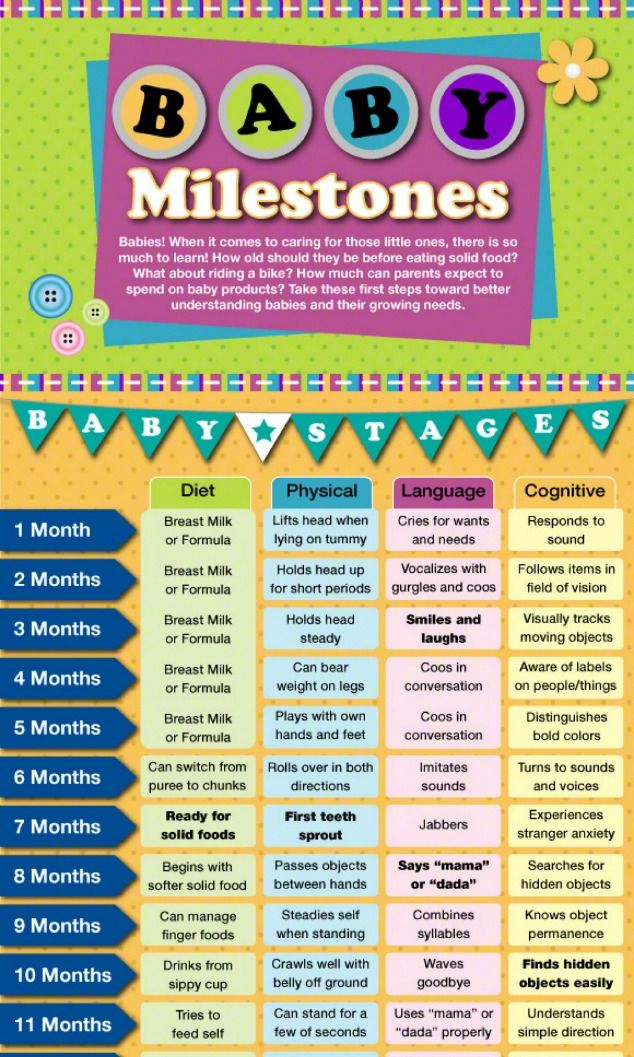 Milk porridge is diluted with water.
Milk porridge is diluted with water.
** - daily volume of kefir or yogurt can be up to 200 ml,
*** - baby milk formula
Approximate diet of a 12-month-old child with an allergy to cow's milk proteins:
| breakfast 8 hours | Dairy-free porridge* Vegetable oil Fruit puree | 150-200 g approx. 1 tsp. 50 g |
| lunch 12 noon | Vegetable puree Vegetable oil Meat puree/meatball Bread/crust Compote | 180 g approx. 1/2 tsp. 50-70 g 10 g 50 ml |
| afternoon snack 4 pm | Breast milk or medicated formula for infants with cow's milk protein intolerance Fruit puree Rusk | 150-180 ml |
| dinner 20 hours | Vegetables or dairy-free porridge** Vegetable oil Meat puree Fruit juice | 180 g approx.  1/2 tsp. 1/2 tsp. 30-40 g 50 ml |
| at bedtime 11 pm | Breast milk or formula for infants with cow's milk protein intolerance | 200 ml | nine0033
* - dairy-free porridge should be diluted with breast milk or formula for children with intolerance to cow's milk proteins.
** - you can either alternate porridge or vegetables, or offer a mixed dish - porridge with vegetables.
The materials were prepared by the staff of the Laboratory for Nutrition of a Healthy and Sick Child of the National Research Center for Children's Health of the Ministry of Health of Russia and are based on the recommendations given in the National Program for Optimizing the Feeding of Children in the First Year of Life in the Russian Federation, approved at the XV Congress of Pediatricians of Russia (02.2009g.)
Complementary foods at 12 months - Encyclopedia Baby food
Levchuk Victoria ©
Complementary foods at 12 months are extensive, perhaps the baby is already eating from the common table.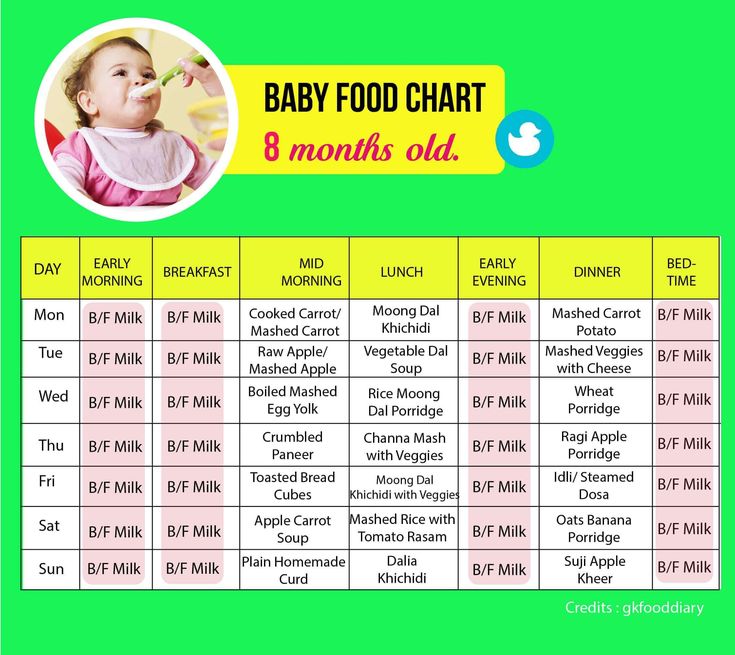 With the right planning and creativity in baby food, most mothers strive to feed their baby healthy meals. The child mainly eats fruits, vegetables, whole grains, dairy products, fish and lean meats. This article provides information on complementary foods for children over 12 months of age. nine0004
With the right planning and creativity in baby food, most mothers strive to feed their baby healthy meals. The child mainly eats fruits, vegetables, whole grains, dairy products, fish and lean meats. This article provides information on complementary foods for children over 12 months of age. nine0004
Table of Contents:
At 12 months , most mothers decide to wean their baby from the breast or formula. Yes, at 12-14 months weaning from breast milk is easier and faster than at a later date, but it must be borne in mind that breast milk does not lose its beneficial and amazing properties and continues to give the baby a lot of good things for his immunity, general development and health . Therefore, it is worth thinking carefully and making an informed decision, because even WHO recommends continued breastfeeding up to 2 years of age or beyond. Whatever decision is not made, it is necessary to gradually wean the child from the breast or bottle, so if complementary foods are introduced normally, the child fully eats 3 times a day and 2 breastfeeding or formula.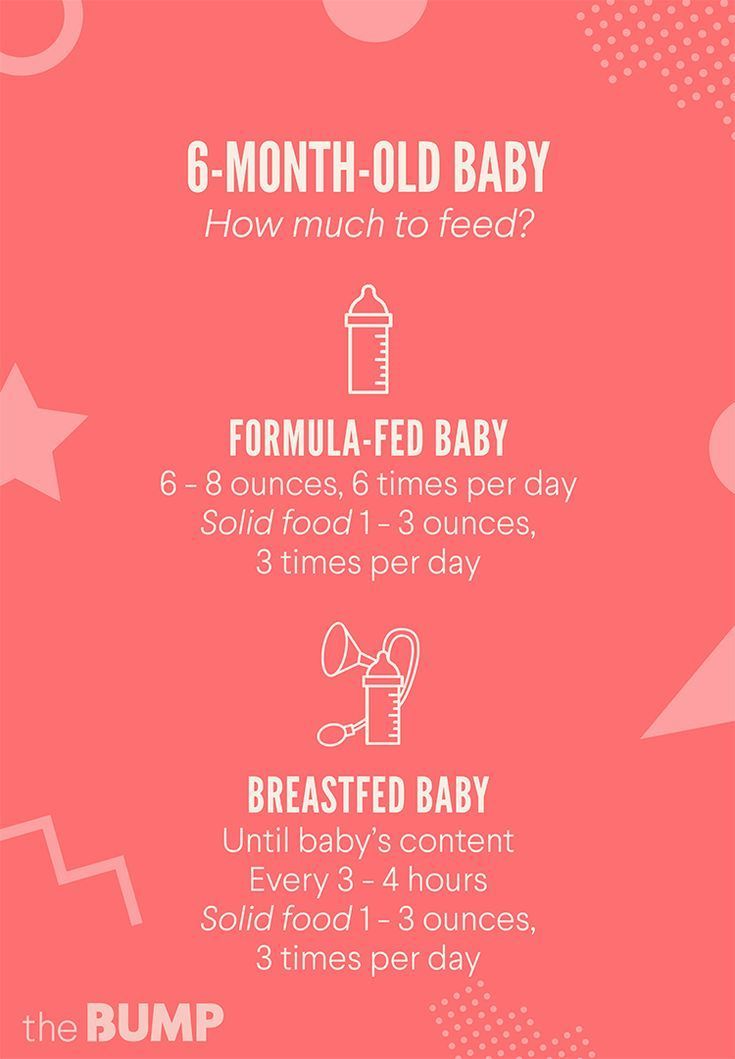 For starters, you can stop breastfeeding after complementary foods, then remove morning feeding and replace it with full-fledged complementary foods, so we gradually get to evening feeding and night feeding, remove evening feeding and, last but not least, night feeding. Some of the mothers remove the nightly feedings first, and then replace the evening feedings with yogurt or kefir. The main thing here is the gradual replacement of breast milk or formula with complete complementary foods. The whole process will take several months at most, without nerves and stress for mother and child. nine0004
For starters, you can stop breastfeeding after complementary foods, then remove morning feeding and replace it with full-fledged complementary foods, so we gradually get to evening feeding and night feeding, remove evening feeding and, last but not least, night feeding. Some of the mothers remove the nightly feedings first, and then replace the evening feedings with yogurt or kefir. The main thing here is the gradual replacement of breast milk or formula with complete complementary foods. The whole process will take several months at most, without nerves and stress for mother and child. nine0004
Complementary foods at 12 months: What to feed???
The diet of a 12-month-old baby is very varied, so we continue to feed the products that were introduced earlier and continue to introduce new ones.
Complementary protein foods at 12 months
At 12 months, you should think about adding yolk to your baby's diet. As an allergenic product, most pediatricians advise introducing it closer to 12 months.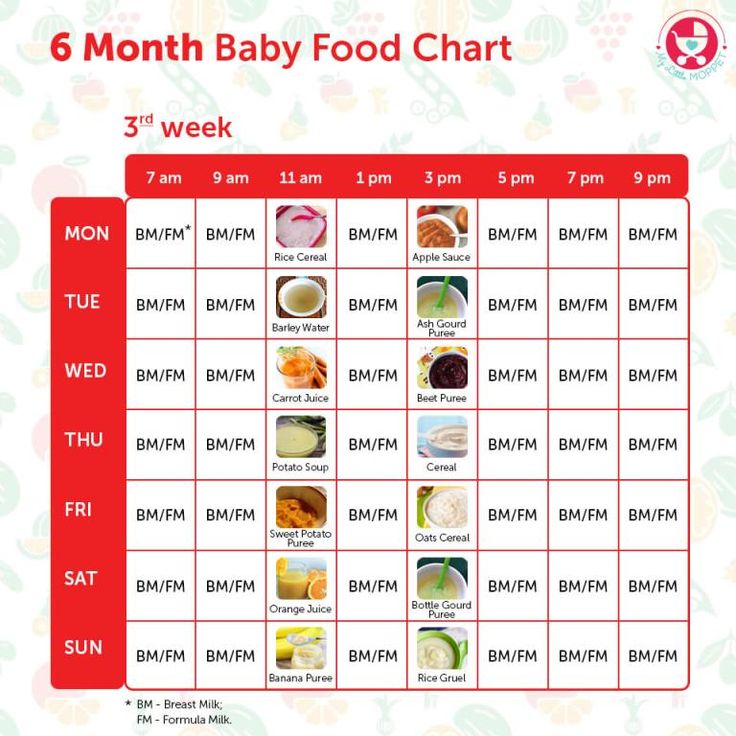 Usually, quail eggs are chosen as the first acquaintance of a child with the yolk as a less allergenic product. They are boiled, cleaned and offered ½ part of the yolk. Most likely, the child will refuse it in its pure form, since it is a little dry and unpleasant to swallow, so we advise you to add the yolk to porridge or vegetable puree. We remind you to introduce the product in the second feeding and the reaction is monitored for two days, new products are not introduced during this period. Standby mode 5-7 days, i.e. during this period, there may be redness of the cheeks, priests, body of the child, loose stools, etc. if something like this happened, we stop giving the yolk, and we turn to the pediatrician. nine0004
Usually, quail eggs are chosen as the first acquaintance of a child with the yolk as a less allergenic product. They are boiled, cleaned and offered ½ part of the yolk. Most likely, the child will refuse it in its pure form, since it is a little dry and unpleasant to swallow, so we advise you to add the yolk to porridge or vegetable puree. We remind you to introduce the product in the second feeding and the reaction is monitored for two days, new products are not introduced during this period. Standby mode 5-7 days, i.e. during this period, there may be redness of the cheeks, priests, body of the child, loose stools, etc. if something like this happened, we stop giving the yolk, and we turn to the pediatrician. nine0004
If the yolk was introduced earlier and everything is fine, then 2 months after this event, protein is introduced into the child's diet. After a full input of the product, you can create a menu consisting of half a chicken egg or one quail egg, as the child grows, the volume increases.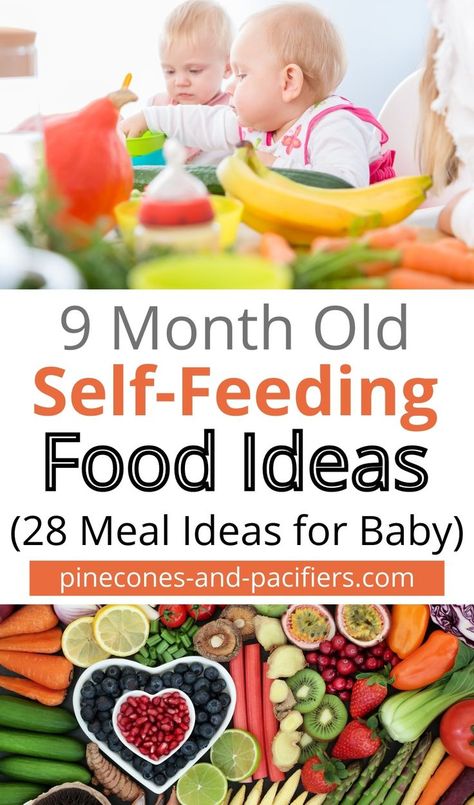 Do not forget about the children's steamed omelette, beauty!
Do not forget about the children's steamed omelette, beauty!
Complementary meat at 12 months
Complementary foods at 12 months require that the child is familiar with lean meat, in particular with turkey, rabbit, lean beef. Closer to 12 months, many parents introduce chicken into the child's diet , as this meat product is present everywhere in the adult menu. It’s easier to transfer the child to a common table, with the introduction of chicken into baby food, you can safely cook soup or borscht for the whole family, including the little man. However, it is worth carefully introducing chicken meat into the child's diet, since an allergic reaction is possible. Of course ideal organic poultry, but not all parents have the opportunity to buy this. Therefore, we choose low-fat chicken, it is better to take skinless fillet, a product that you constantly take, if the child was fed breast milk, then most likely he is already familiar with this type of food through mother's milk.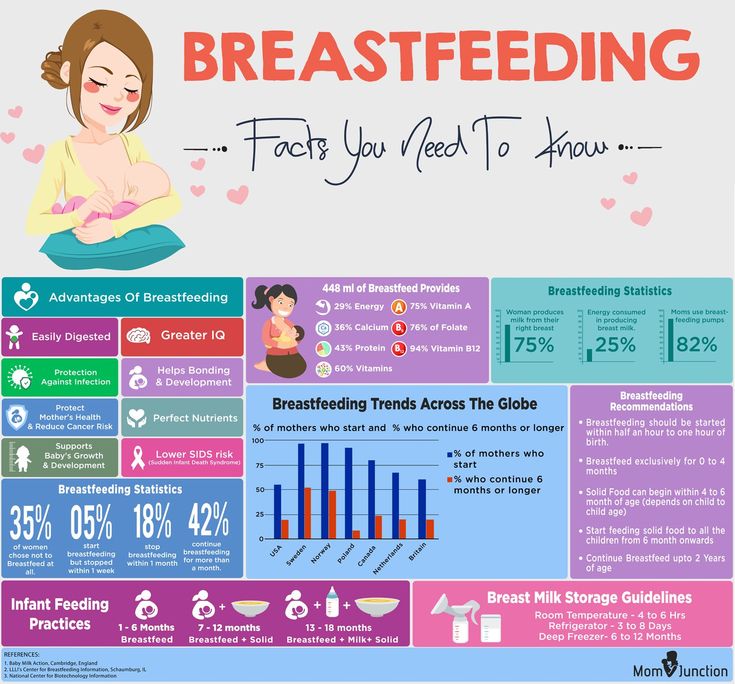 Chicken meat is cooked in a secondary broth, introduced as a regular new product, with monitoring of the child's reaction to it.
Chicken meat is cooked in a secondary broth, introduced as a regular new product, with monitoring of the child's reaction to it.
After the introduction of chicken into baby food, you can add veal and pork to the meat menu, we remind you, not the fatty part, it is advisable to choose lean meat. The child's body is not yet ready to digest too fatty foods. nine0004
Meat broths are introduced into the baby's menu closer to 12 months, but the meat is boiled in a secondary broth, from which soup or borsch for the baby is cooked. The secondary broth remains for a long time.
Fish food at 12 months
We continue to introduce the baby to fish, the more varied his menu, the better. Therefore, we introduce those varieties of fish that have not been introduced. At 12 months, you can introduce your baby to red varieties of fish, such as salmon. Moreover, in children's ready-made food there are excellent options for salmon fish puree, which are ideally combined with buckwheat, yummy.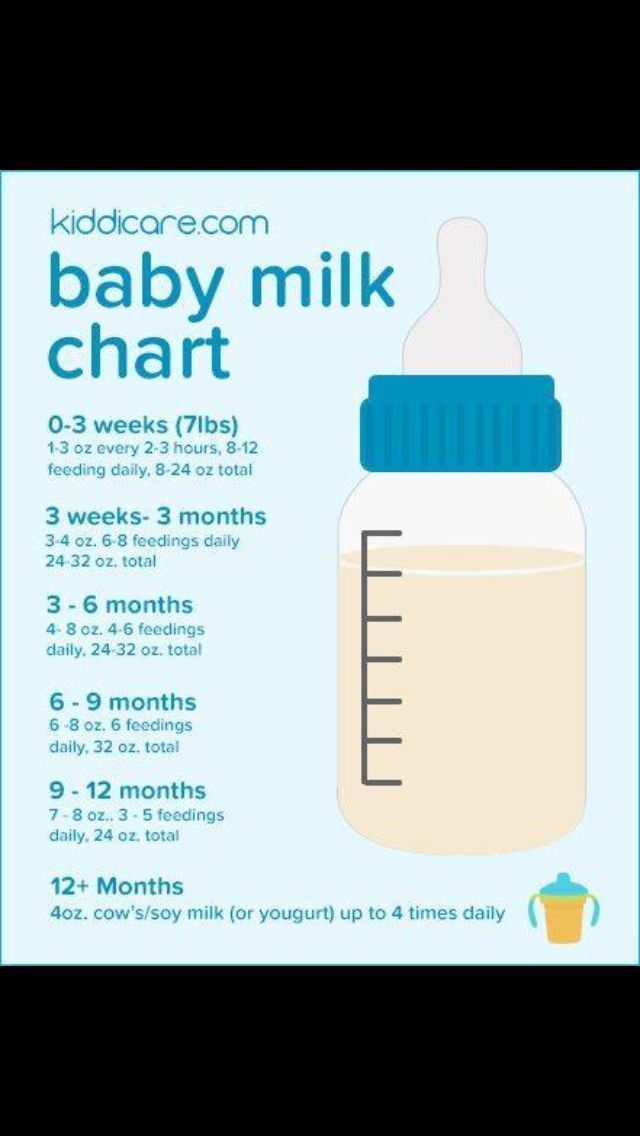 Closer to the year, you can introduce the baby to fish broths, just be sure to take a break between the introduction of new meat and fish foods. Ideally, if a new meat was introduced, then a vegetable, then a fish. nine0004
Closer to the year, you can introduce the baby to fish broths, just be sure to take a break between the introduction of new meat and fish foods. Ideally, if a new meat was introduced, then a vegetable, then a fish. nine0004
Vegetable complementary foods at 12 months
Most vegetables are introduced into the child's diet by 12 months , you can cook soups and borschiks from them, which makes the baby's menu very diverse. Closer to the year, such products as parsnips, spinach, squash, squash, beets are introduced. Be careful with the last vegetable, there may be an allergy, but this does not mean that it should not be introduced. Too much benefit for a small body to skip the beets.
Milk complementary foods at 12 months
Milk complementary foods can be varied with soft cheeses, kefir and cottage cheese (if you haven’t introduced them to your diet yet, you can safely introduce them), and also try to introduce whole cow or goat milk.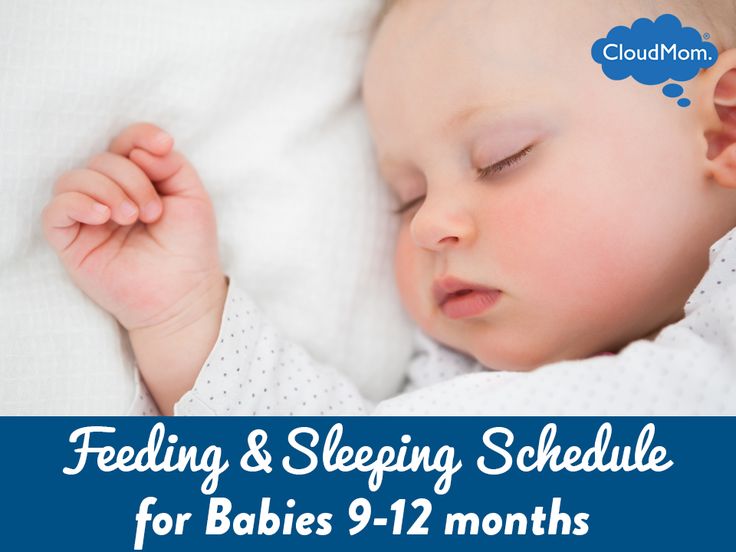 Goat's milk is said to be less allergenic, but don't be fooled into introducing it very carefully, like any new product. With whole milk, the baby’s morning menu will become more diverse, since almost all children like milk porridge with butter. nine0004
Goat's milk is said to be less allergenic, but don't be fooled into introducing it very carefully, like any new product. With whole milk, the baby’s morning menu will become more diverse, since almost all children like milk porridge with butter. nine0004
It may be difficult to introduce kefir into a child’s diet after yogurt, but it is necessary to offer a new product often, since kefir provides so many new opportunities in baby food, for example, you can make children’s curd from kefir, beauty, and most importantly, easy and cheap .
By the way, with the introduction of milk and eggs, you can safely bake pancakes, pancakes, muffins, children's curd cookies, etc. for your child. New frontiers in baby food are opening up.
Complementary cereals at 12 months
As mentioned above, with the child's acquaintance with milk, you can cook milk porridge. At 12 months, you can introduce your child to wheat and soy porridge. You can also introduce semolina porridge, but I was convinced from my own experience that it pours on it, so the ideal option is to introduce semolina at 3 years old, when the child’s body is better prepared.
Fruity Complementary foods at 12 months
Fruit foods can also be significantly diversified, so we introduce the baby to wild berries, cherries, raspberry currants. Keep in mind that black, white, red currants are different products, they are introduced separately, you don’t have to think that if we didn’t pour out black currants, you can safely give red currants, no, we introduce them into baby food separately as a new product. nine0004
My child got acquainted with citrus on his birthday, we were born before the new year, so tangerines were introduced earlier than the due time. However, for all the time we only poured out on semolina, we seem to react normally to all products. Therefore, when introducing new products, we look at our child, decide to introduce or not introduce, but if we decide to introduce, then gradually, and hide the new product so that the child does not get to know it on his own.
Fruit juice can be introduced into infant formula, it is usually recommended to introduce juice from clarified and green fruits, such as an apple.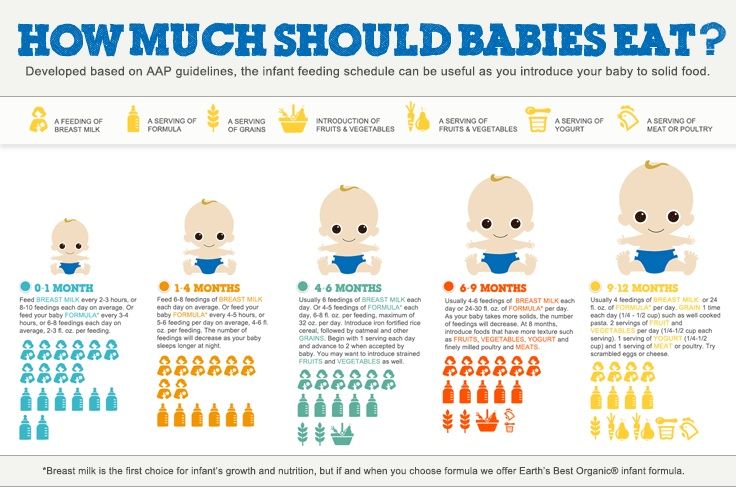 An ideal option, home-made juice, not store-bought. My pediatrician strongly swears at purchased juices, only compotes or freshly squeezed at home. nine0004
An ideal option, home-made juice, not store-bought. My pediatrician strongly swears at purchased juices, only compotes or freshly squeezed at home. nine0004
What about salt and sugar? Closer to the year, pediatricians recommend starting to acquaint the child with these spices, adding a little to the child's diet. The dish should not be lightly salted or sugared. It is better to let other family members add salt to themselves in a plate if the child is transferred to a common table.
However, we continue to monitor what appears on the common table. It is too early for a child to get acquainted with honey, sausages, sausages, chocolate, soda, chips, candies, nuts, etc. nine0004
Feeding a child at 12 months: Schedule
As it was written earlier, the child continues to eat 4-5 times a day with breaks between feedings of about 4 hours. Complementary foods are given 3 times a day with 2 additional snacks. The amount of food for one feeding is approximately 240-250 grams.
Feeding a child at 12 months: norms
Nutritional norms are increased due to the introduction of new products, such as fruit juice, cottage cheese, kefir, but the proportion of breast milk or milk formula is significantly reduced. The table shows the approximate norms of food consumption at one meal. nine0004
Baby Feeding at 12 Months: Table Rules
At 12 months it is important to pay more attention to table manners than before, because the baby has already mastered the basics and now they need to be reinforced every day. Do not forget about the personal example of the parents, it is them that the child imitates, so if the behavior of the parents at the table is far from ideal, then what do you want from the little man, for whom dad and mom are ideal.
We praise the baby more often, do not scold or stuff food, we reinforce intuitive nutrition when the baby decides when he is full.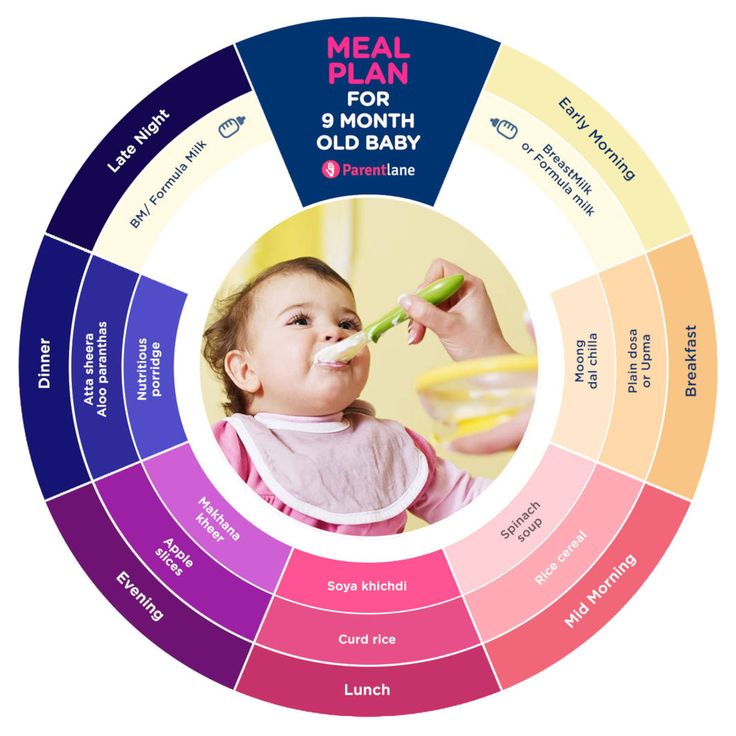 Please note that at this age, children often drop cutlery on the floor. So that this process does not turn into a game for the baby, it is necessary to keep additional clean children's appliances on the table, as soon as the baby has dropped the spoon, give him a new one without focusing on the fallen appliances. After the meal, you can pick them up or allow the child to pick them up and wash them. nine0004
Please note that at this age, children often drop cutlery on the floor. So that this process does not turn into a game for the baby, it is necessary to keep additional clean children's appliances on the table, as soon as the baby has dropped the spoon, give him a new one without focusing on the fallen appliances. After the meal, you can pick them up or allow the child to pick them up and wash them. nine0004
It is also worth noticing how the baby is sitting in the high chair, isn't it hunched over? If you notice an uneven back, then it is better to consult a doctor and be like a massage, sometimes at this age the back muscles are weak and they need support.
We put napkins or a towel next to the child and wipe the child's mouth and hands, set an example, let him dry himself. At first, you may have to wash towels every time, but do not despair, the child learns quickly.
Speaking of the bib, it is necessary to acquaint the child with it sooner rather than later, so even if the child refuses, we gently but firmly put the bib on the child, explaining why it is needed.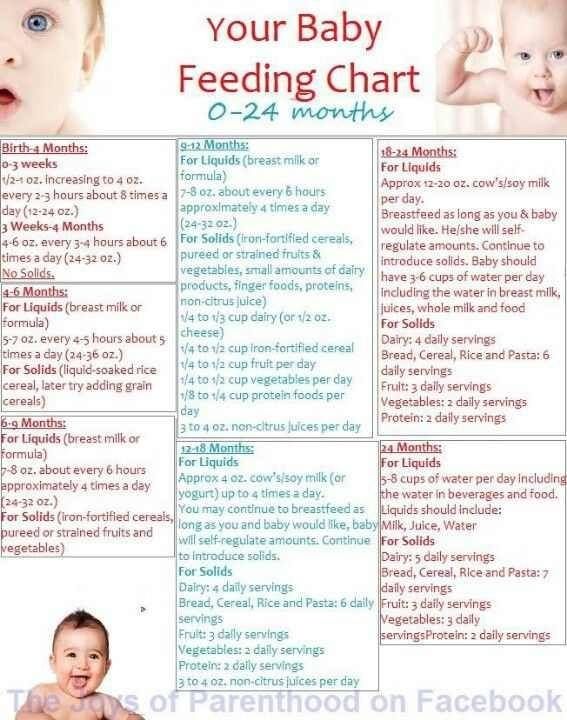 nine0004
nine0004
You can also teach your child to sweep the kitchen after meals. Children often crumble bread on the floor, garbage accumulates under his chair, help your child learn to clean up after himself. It is clear that he will not sweep fully, so he will wave a broom and that’s it, but even this is enough for the child to understand: “I help my mother!”. We lay the foundations now, and not later, when he says: “You will clean it yourself!”
Complementary foods at 12 months: Water
The drinking regimen does not change, be sure to offer water often during the day, ideally, if water is always available to the child. Of course, it’s better in a cup, but if the child constantly pours the mug onto himself, then you should think about a non-spill drinking cup. But at the table we offer all liquids only in a cup, it is important for the development of the child's skills. nine0004
Feeding at 12 months: Ideas
Weaning at 12 months is full of different baby food ideas, now it's easier, especially if the baby is on a common table.